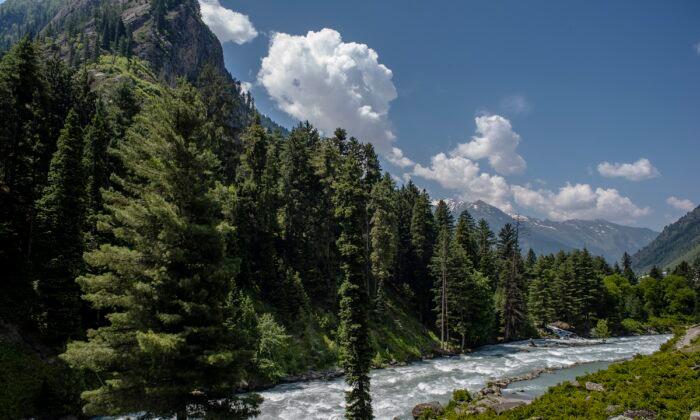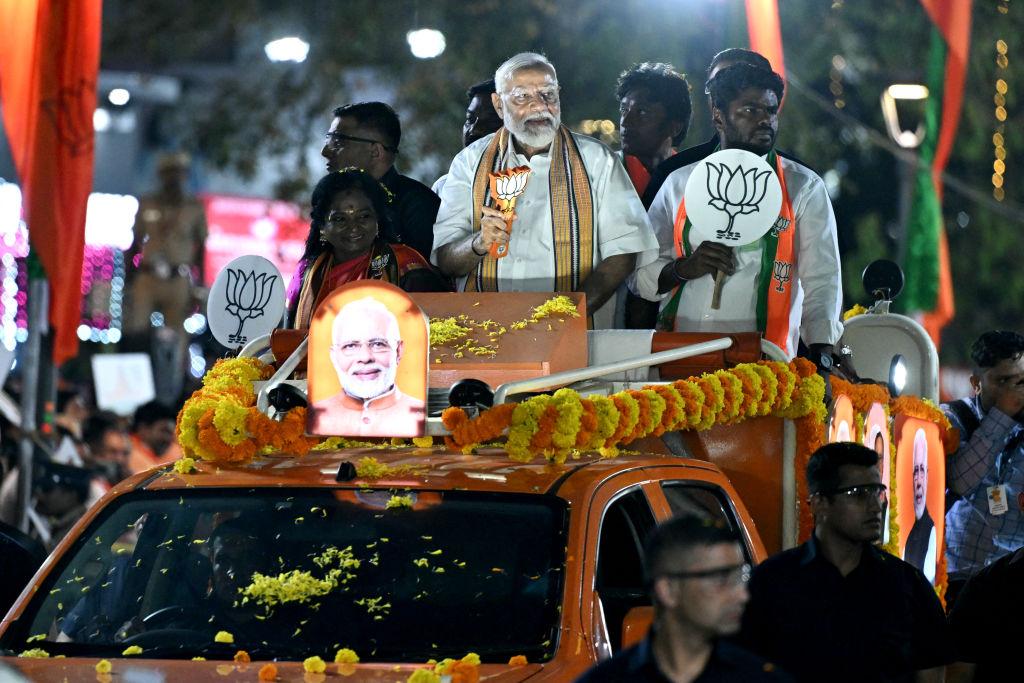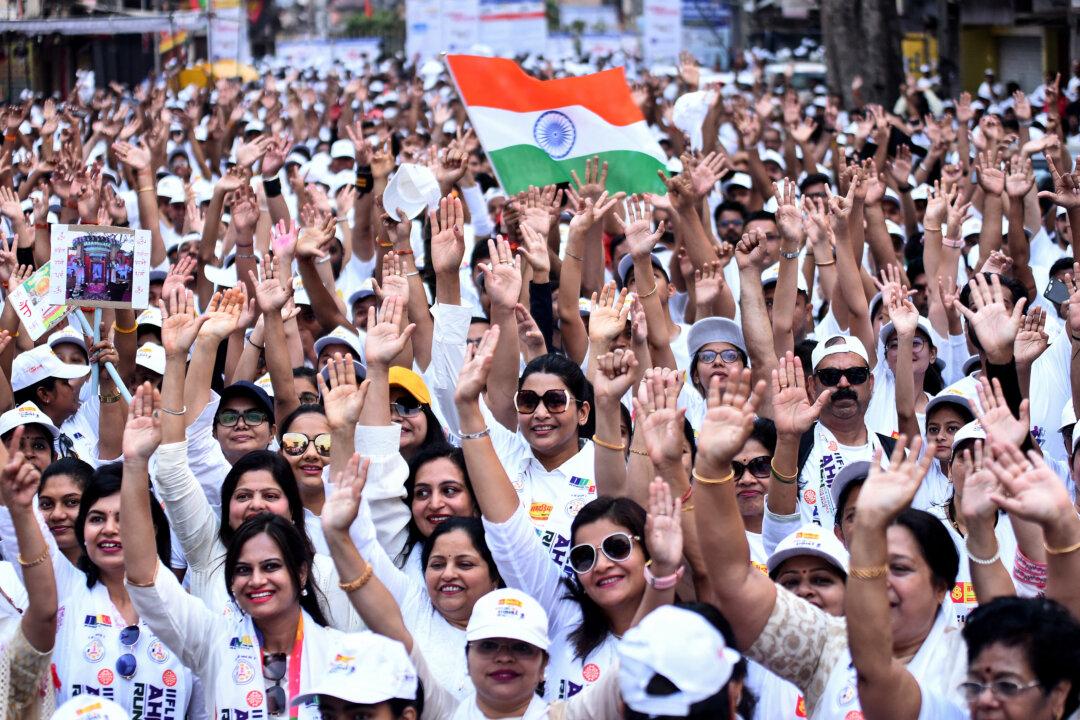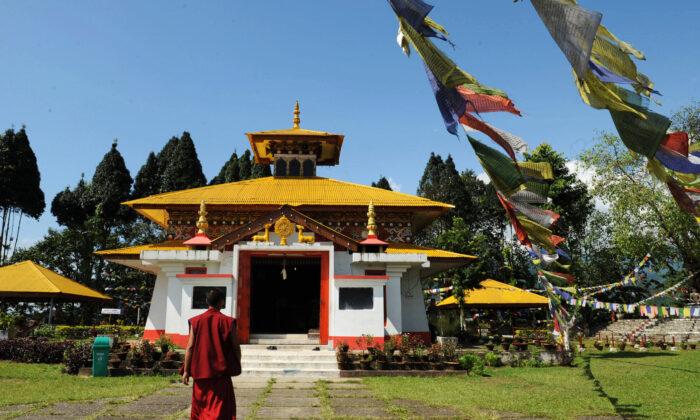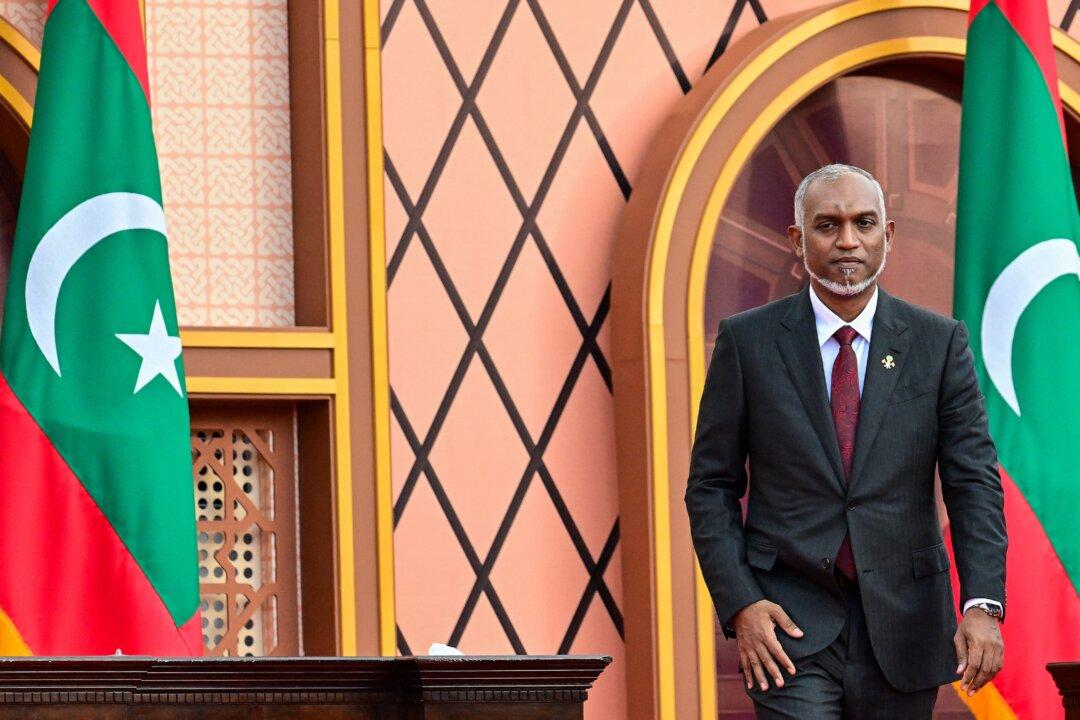NEW DELHI—The India–China border standoff that intensified with a bloody skirmish in June of last year was actually a Chinese pilot project to test a global expansion strategy based on the stoppage of trans-border rivers, an Indian defense analyst says.
He said India’s action saved the interests of the wider world.
“We made it very, very clear that stopping water is a cause for war. We‘ll kill, and we’ll be killed, to prevent the stoppage of water,” he said.
“The Chinese are going to use this as a precedent to start blocking all the waters of all the rivers that originate in Tibet.”
The Galwan valley has more geopolitical value than any intrinsic agricultural or mineral value, he said, and India confronted Chinese aggression to give a strong message that there’s no way the regime will be allowed to get away with its plans.
“The point is if they take one inch, what is to prevent them from taking a whole foot. If they built a dam here, what’s to prevent them from damming all the other rivers. So the value of Galwan is geopolitical,” Iyer-Mitra said.
“If we accept the principle that the Galwan river can be blocked, then they will block the Brahmaputra, they will ultimately block the Irrawady,” Iyer-Mitra said. “They will block all the Southeast Asian rivers, and the Southeast Asian rivers are much more dependent on the Himalayas than we are.”
India’s response saved the whole of Southeast Asia as well as Bangladesh, he said.
“It’s purely geopolitical—the strategic control of water,” he said. “If India allowed it in Galwan, they could then start doing it everywhere.”
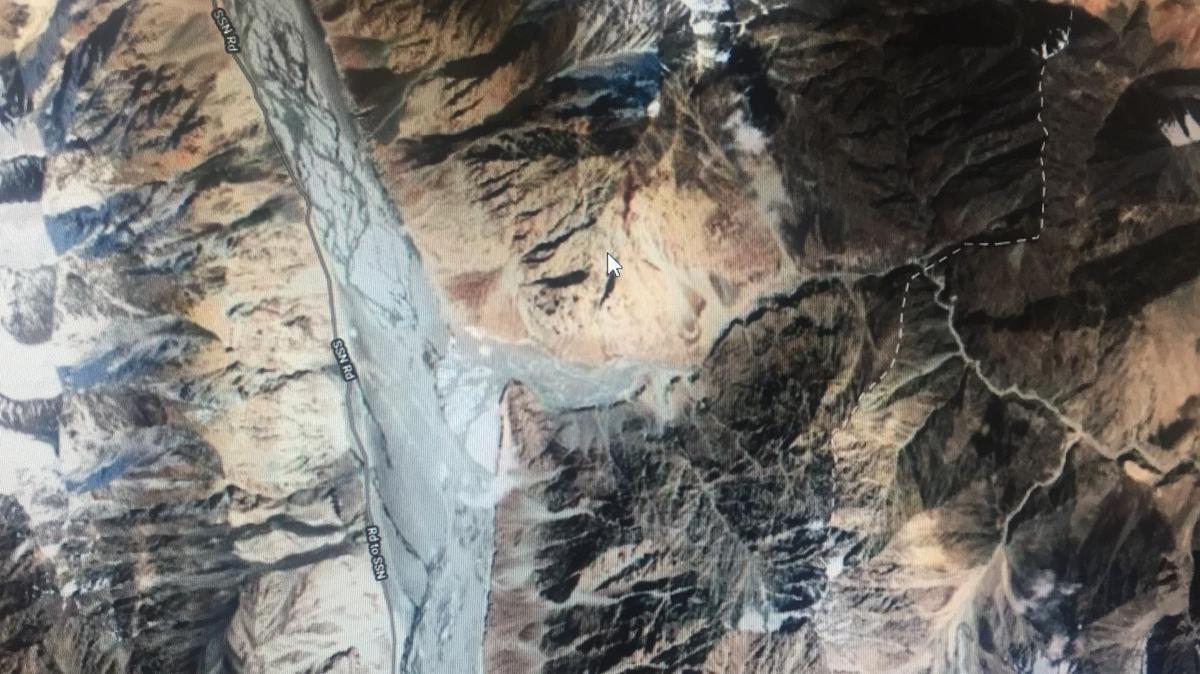
India’s Infrastructure Building
Indian Army Chief Gen. M.M. Naravane, in his speech at the 73rd Army Day on Jan. 15, said that when China tried to change the “status quo on borders” last year in Galwan, India gave it a “befitting reply.”“We are committed to finding the resolution of our disputes through discussions and political efforts, but no one should commit the mistake of testing our patience,” Naravane said.
While China has built a lot of infrastructure on its border with India in Ladakh, it’s objecting to India’s buildup of infrastructure on its side, Iyer-Mitra said.
“The Chinese are saying we will keep our entire existing infrastructure. You don’t build any new infrastructure, and we'll also not build any new infrastructure,” he said. “They want to freeze the advantage we have.”
Two to three years ago, India absolutely had no infrastructure there, and the current government, led by Prime Minister Narendra Modi, is trying to correct that, Iyer-Mitra said.
“India’s infrastructure construction started literally within a month of this government taking oath for the second time in 2019. India is saying we can prolong the negotiations just so that we can finish building our infrastructure,” he said.
When the bloody Galwan incident happened, India had just finished building a 65-yard-long bridge on the Galwan River, and India’s impetus to improve its infrastructure on the border was the primary reason behind the Chinese aggression. The bridge was meant to consolidate India’s footprint in the region and threatened Beijing’s agenda.
Three weeks after the Galwan incident, India’s defense minister, Rajnath Singh, held a meeting with officials from the country’s Border Roads Organization to access infrastructure development in the border regions.
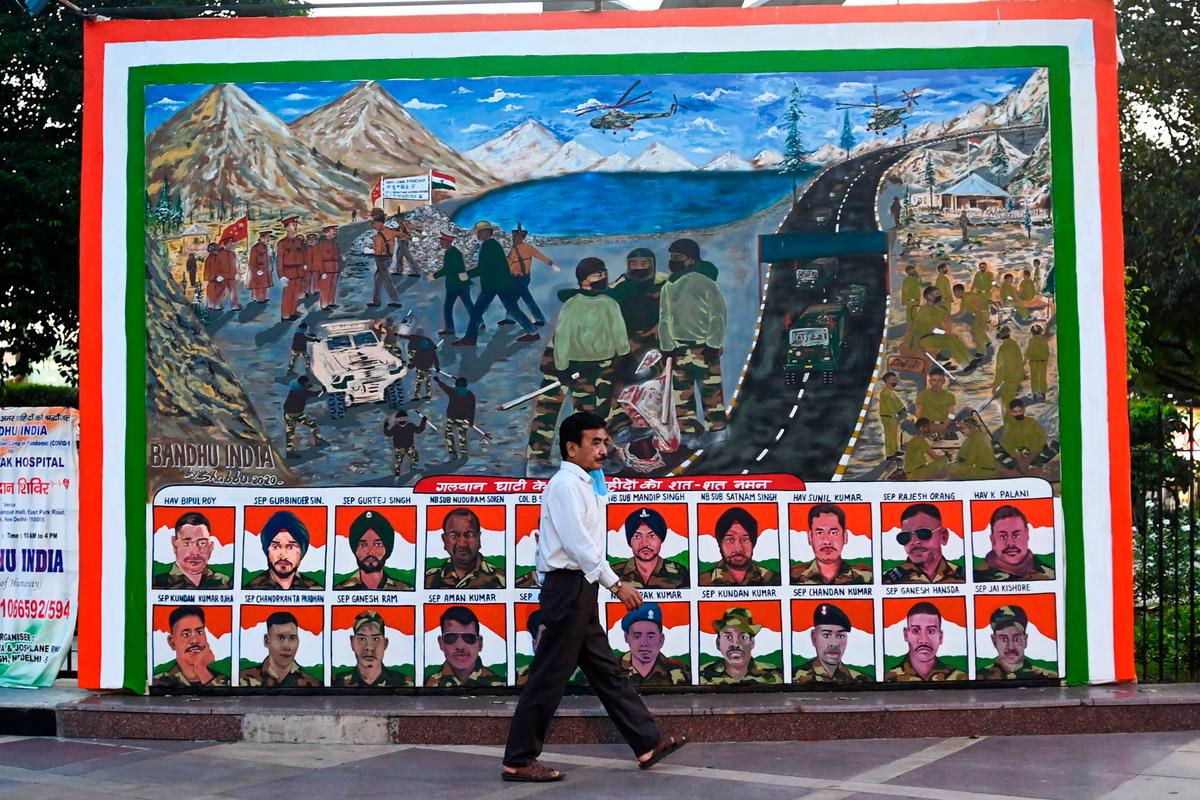
‘Fight for Water’
Iyer-Mitra said what happened in Galwan can’t be called a war, but it was a “fight for water.” Two days after the conflict, the flow of water resumed.He said the Indian experts aren’t clear on what kind of structure the Chinese built to block the river; he called it a “rudimentary dam” and said the water was stopped just to intimidate the Indian establishment.
“The point is what we have seen is, before the dam, the water flow is the same as, after the dam. This means there is absolutely no [ongoing] attempt at blocking it. There is also no diversionary channels or outlets to take water away,” Iyer-Mitra said.
He said that he extensively traveled around Tibet and studied suspected river diversions or stoppage but didn’t find any evidence.
“What we saw in Galwan, when our troops were killed, was the first evidence of some kind of water stoppage that we had seen. In every other dam that I saw personally on the ground in Tibet, as well, as I’ve seen from the satellite. I’ve seen a lot more from satellite because there were places we could not go [like] sensitive military areas, which they would not allow us to go and that was at the height of Doklam,” he said.
Another standoff between India and China occurred in June 2017 in the high-altitude Doklam plateau, a tri-junction between India, China, and Bhutan. China was aggressively attempting to extend a road on the plateau, and India acted to stop it on Bhutan’s behalf.
Iyer-Mitra, who said small incidents like the “fight for water” in Galwan can sometimes have “disproportionate effects,” compared it with the assassination of Archduke Franz Ferdinand of Austria that provided the spark for World War I
“In this case, you know, it was the stopping of a much bigger Chinese block by small action, which nobody will thank India for, nobody will. But it doesn’t matter,” he said.
“That is a huge service we have done not just to India, but to Bangladesh and all the Southeast Asian countries, because it'll make China think long and hard about blocking any more rivers ever again,” he said.
